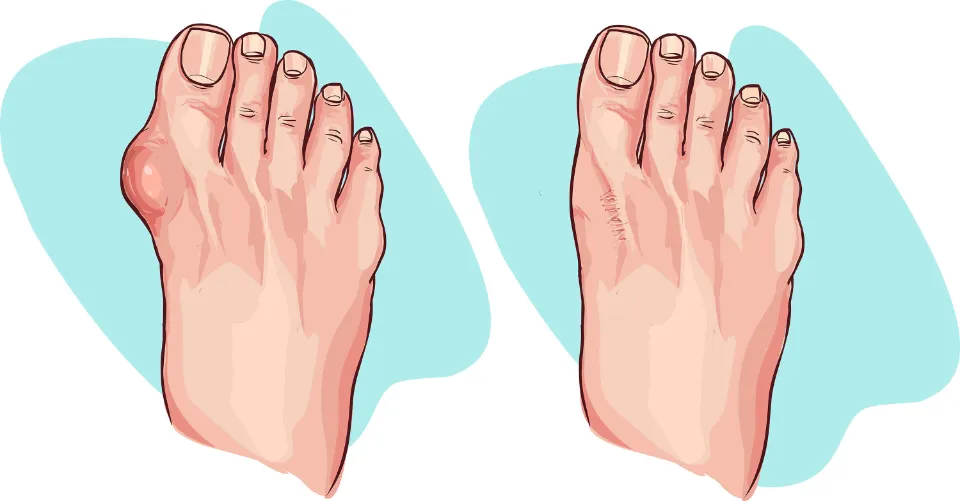
Is Bunion Surgery Covered by Insurance – What You Need to Know
For those who experience the pain and discomfort that bunions bring, bunion surgery is a common procedure. However, due to a number of variables affecting reimbursement and potential out-of-pocket expenses, understanding insurance coverage for bunion surgery can be challenging.
You can navigate the complexities of insurance coverage for bunion surgery with the help of the information in this article. You can make wise decisions and comprehend the financial implications of this procedure by gaining an understanding of the process.
Does Medicare Cover Bunion Surgery?
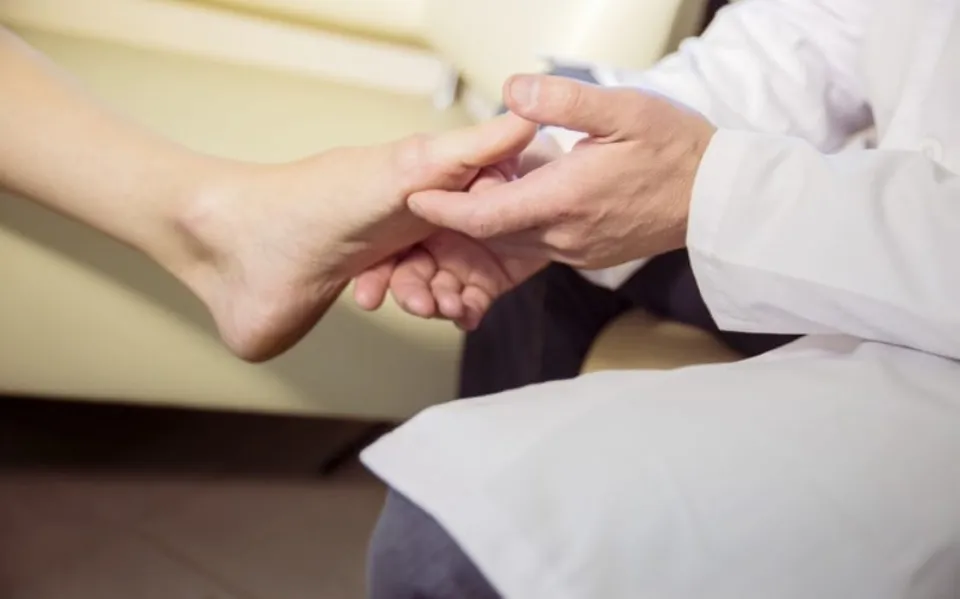
Yes is the quick response. In addition to covering medically necessary medical supplies and podiatrist visits, Medicare Part B will pay 80% of bunion surgery procedures. 20% of the procedure must be paid for by the recipient out-of-pocket; more information can be found by looking up your specific plan.
What Causes Bunions?
It takes time for bunions to form. They can actually take months or even years to form. Several factors can contribute to their development, including:
- Genetics: Once thought to be environmental, recent studies suggest having bunions is connected to genetic factors. One U.S. study of people of European descent found an estimated 63% to 90% of individuals with bunions have a family history of the condition. This suggests that genetics has a significant influence on their development.
- A history of certain health conditions: Certain conditions, such as rheumatoid arthritis may contribute to bunions. Individuals with connective tissue disorders, like Ehlers-Danlos syndrome and It’s possible that people with Marfan syndrome are more likely to get bunions.
- Foot structure: People with a short Achilles’ tendon, flat feet, weak connective tissue, or a short metatarsal bone in the big toe tend to develop bunions more.
- Footwear: Tight or narrow shoes can cause bunions or other toe deformities. This type of footwear can also exacerbate bunions that already exist.
Bunions can happen to anyone at any age. However, they’re most common in adult women or people who wear heels or tight shoes often. Older women also are more likely to develop bunions.
How Do You Treat Bunions?
Bunions can only be removed through corrective surgery. Surgery is typically only advised by foot and ankle specialists if the condition is severe and other noninvasive treatments are failing.
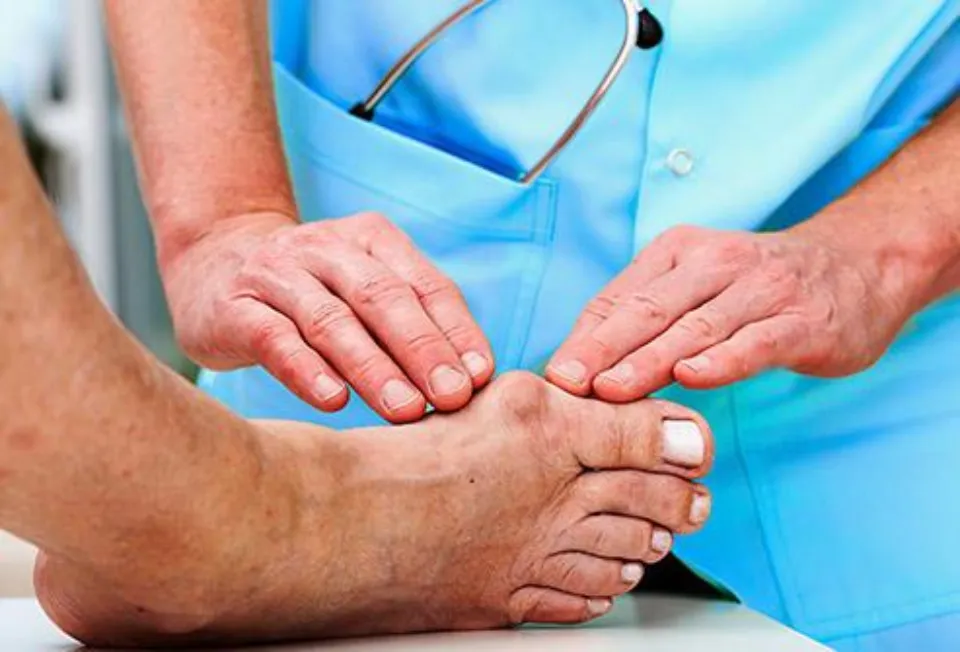
If you cannot or choose not to get bunion surgery, here are some ways to treat them:
- Pick out the proper footwear. Wearing high heels as well as cramped or tight shoes could raise the risk of bunions or make them worse.
- Purchase specialty cushions or rugs. Use pads to relieve pressure and pain if you’ve developed calluses or corns around the bunion.
- Use a toe spreader. These are located between the first and second toes and can ease discomfort. Although there are over-the-counter (OTC) alternatives, custom ones may need a prescription.
- Use an ice pack. Ice treatment for 20 minutes at a time can relieve joint pain and swelling. To avoid skin damage, make sure there is a barrier (like a cloth or towel) between the ice and your skin. If you have a history of cold-related illnesses, consult a doctor.
- Use over-the-counter analgesics. Ibuprofen, naproxen, and other OTC drugs can temporarily lessen pain and inflammation.
For more advanced or painful bunions, here are a few additional treatments:
- NSAIDs on prescription are used to treat inflammation. If you have painful bunions due to other medical conditions such as arthritis, prescription NSAIDs could help.
- Use custom orthotics. These in-shoe inserts, which can reduce discomfort and stop bunions from getting worse, go inside the shoe.
- receive orthotic therapy or physiotherapy. There are various foot-strengthening exercises that can boost mobility and ease the pain. If you have flat feet, orthotic therapy could help reduce foot pain by redistributing pressure when you walk.
In addition to reducing pain and swelling, nonsurgical methods can help slow down changes to the foot bones.
You might require corrective surgery, though, if your bunions are causing you ongoing discomfort or restricting your ability to move around. Talk to your healthcare provider about the potential advantages and drawbacks before taking this course of action.
How Medicare Can Help Pay for Bunion Surgery
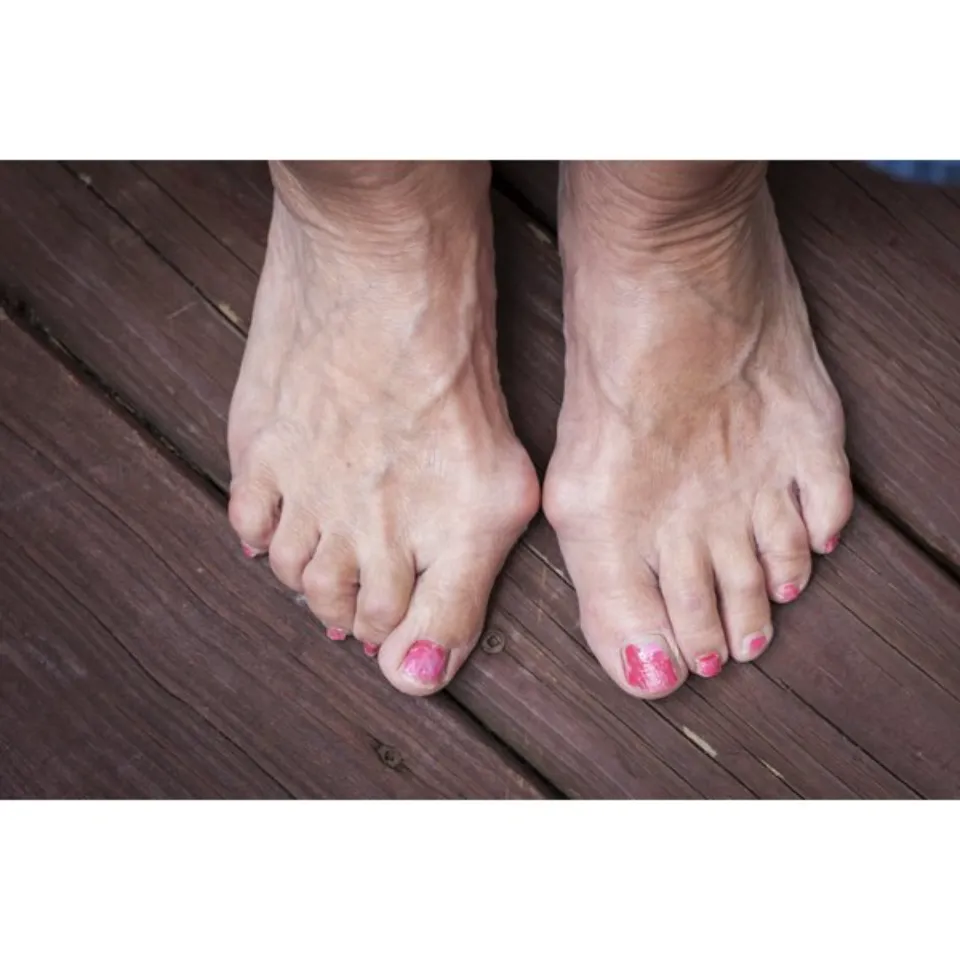
A bunion affects about 35% of people in the United States who are over 65. An American’s typical bunion surgery expense. is around $5,500.00 but can run anywhere from $3,500.00 to $12,000.00. This sum is determined by your location, insurance status, type of procedure, and general health.
Medicare Part B may be useful. In an outpatient or doctor’s office setting, Part B covers the cost of medically necessary services and supplies. If your doctor agrees to be assigned, you will be covered for podiatrist foot exams. Medicare will assist in defraying the cost of treatments for foot ailments or injuries, including bunion deformities. This indicates that Medicare covers 80% of the total cost of bunion surgery. You are responsible for the final 20% of the approved total cost if you choose to proceed with bunion surgery. It will be subject to the Part B deductible. In some circumstances, you might additionally need to make a copayment.
What to Expect Following Bunion Surgery
In order to ensure that the bones, joints, and ligaments of the foot heal properly, patients who have surgery to treat bunions must adhere to the aftercare recommendations given by their doctors. Patients may be instructed to use crutches and may be required to wear a boot or brace for up to a month. Additional aftercare instructions may include the following:
- Elevation of the affected foot for a set amount of time each day
- taking painkillers on a doctor’s prescription or as prescribed by a pharmacist.
- Wrapping the foot in plastic during showers or baths to prevent moisture on the foot dressing or cast
- Monitoring surgical incisions for signs of infection
- Abstaining from exercise or strenuous physical activity until the foot is fully healed
Tips to Avoid Bunion Recurrence
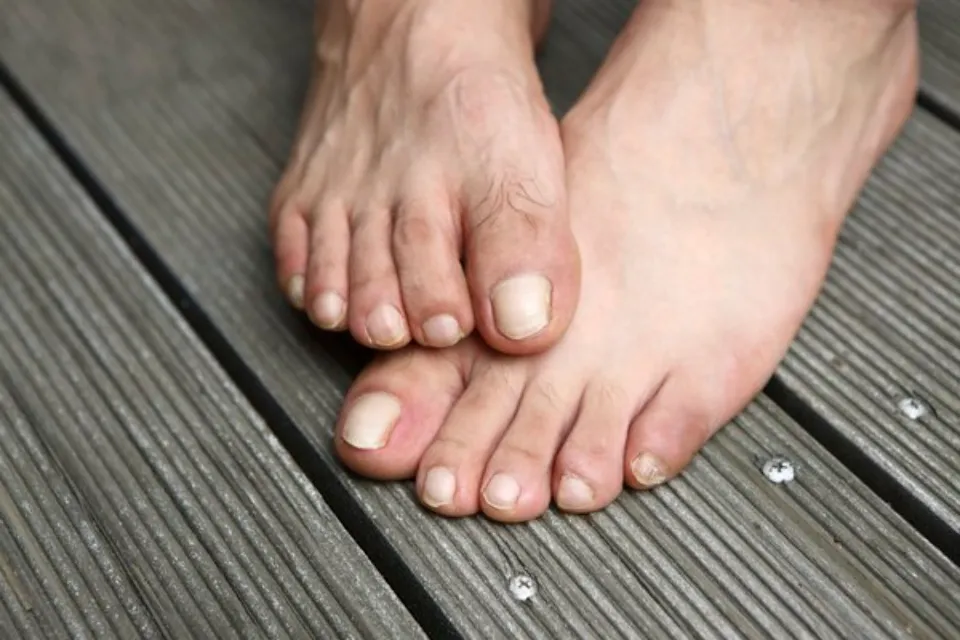
However unlikely it may be, bunions can come back after surgery. Although recurrence typically doesn’t occur for several years, it is always a good idea for patients to take preventive measures to lower the likelihood of regrowth. Failure of previous bunion surgeries to achieve the desired results is known as failed bunion surgery syndrome.
A doctor’s mistake or misinterpretation of the severity of the condition, poor healing, or unidentified causes can all lead to failed bunion surgery. Patients who had unsuccessful surgery might choose to undergo revision bunion surgery as a follow-up procedure. Signs and symptoms of failed surgery include:
- Bunion recurrence or reappearance
- Big toe appearing shorter than the other toes
- Development of arthritis in the joint of the big toe
- Joint stiffness in the big toe
It’s crucial to get in touch with a doctor or the operating surgeon as soon as a patient suspects that their bunion surgery didn’t go as planned in order to correct the problem and avoid further health issues.
The Bottom Line
A few thousand dollars to $7,000 or more per foot can be spent on bunion correction surgery.
When a surgery is deemed medically necessary, some health insurance plans will pay all or a portion of the cost. Other health insurance plans do not cover bunion surgery because they view it as cosmetic.
You might be able to negotiate your costs up front if you don’t have insurance, your plan doesn’t cover your surgery, or you prefer to pay for it yourself. Even if your surgery is covered by insurance, you may still be responsible for out-of-pocket expenses, such as paying your deductible or copay, as well as costs associated with the procedure and your recovery.
Bunions can be passed down genetically in some cases. However, by donning the appropriate footwear, you might be able to stop the condition from manifesting or deteriorating. There are also non-surgical ways to reduce pain and swell. To determine whether surgery is appropriate for you, consult a foot and ankle surgeon or another medical specialist.





Average Rating